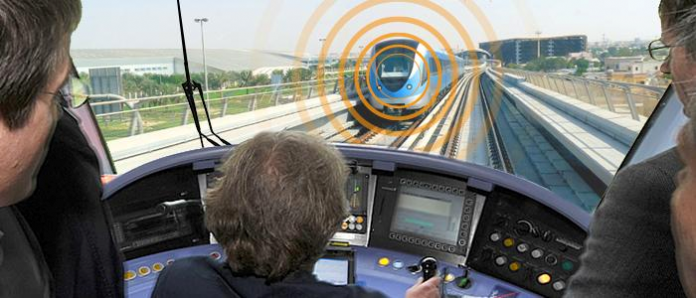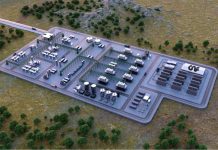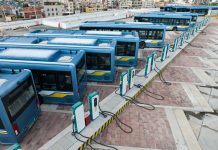Marcel Van Velthoven, CEO at Znapz talks about how the internet of things can bring value to the rail industry…
I borrowed the title to this piece from Hessel Dikkers, Chief Information Officer of NS (Dutch Rail), who gave a very interesting presentation at the beginning of the European Rail Summit in June this year. NS has many initiatives to also be a leading organisation in the world of information technology. While applying internet of things in many areas, the organisation is developing standards to fully benefit from the power of this latest development and not suffering too much from the “Taste of the Month” syndrome.
Umberto Malesci wrote an interesting article “The Internet of Things in Rail”, published on LinkedIn November 25th 2014. He writes: “Despite being more than 200 years old, the railroad industry is going through a very exciting phase where heavy use of IT and networking technologies are completely redefining how trains will be run and managed in the next twenty years”.
I like to take this topic into our world of asset management. As you all know, asset management is generating the highest value of your Assets over their lifetime. This means maximum availability (=Value) within the window of operations at the lowest cost, with minimum Risk.
The amount of data that is generated daily is a staggering 2.5 quintillion bytes of data (1018), according to IBM in their article – “Bringing Big Data to the Enterprise”. We have measurement devices in almost all instruments, machines, equipment and other devices. We often measure real-time or close to real-time, so we should know the behaviour of our assets quite well. Here our challenge begins with a view of asset management. Why do we take all those measurements, what do we do with it and how does it contributes to optimising the value of our assets over their lifetime?
The availability of all this data forces us to rethink our strategy. Why do we have this asset, what do we expect from this asset, what are the requirements? This requirement definition is the basis of defining the value we get from Big Data and the value from Internet of Things. Only when we combine these 2 elements will the Internet of Things generate value and is worth considering as an element of asset management.
There are many examples how the Internet of Things can add value. One practical example which is the interface between the Rolling Stock and Infra world is the measurement of “Flat Wheels”. Overtime the wheels of a train flatten and have to be rounded again, which is a costly operation. But not doing it will cause damage to the wheel and damage to the track. A flattened wheel will also cause an increasing level of discomfort for the passengers or in the worst cases, could cause the cargo to be damaged. This gives us all the right reasons to take this seriously and take action at the right time, but when is the right time?
Today, along the track which is unknown to many people, a lot of measurements are taken to monitor the quality of said track. Of course we want to know how many trains are using the track, if for no other reason, this is a basis for the compensation the track owner receives from the operator. At the same time the load of the train has a direct impact on the deterioration of the tracks, as well as the speed. We monitor temperature, load, speed and vibration along the track. With increasing accuracy this gives us an insight into the wheels and we are able to monitor the roundness or flatness of them. This can now indicate at each bogie when wheel maintenance is required based on criteria set for both the train operator and the infrastructure company.
What are the benefits?
The benefits are that we can reduce unnecessary damage to the tracks, to the wheels and reduce the discomfort for the passengers. With an optimised way of working we can extend the lifecycle of both assets, train and track and reduce the risk of failure, a broken wheel or track and in a worst case scenario even derailments. We can now do this instantaneously whilst also reducing the amount of inspections, hence a further reduction in operational cost.
ZNAPZ is involved in all those aspects of Asset Management in the Rail Industry, both on the Asset Management Information Systems side and in training our customers in the awareness of Asset Management for their organization. We have started already a few projects in the area of Internet of Things in Rail, using IBM leading technology, like MAXIMO, PMQ and Internet of Things. While it is still early days for the combined benefits of these technologies we see how Internet of Things will completely redefined how trains and tracks will be run and managed.
Marcel van Velthoven
CEO
ZNAPZ
info@znapz.com
Please note: this is a commercial profile











